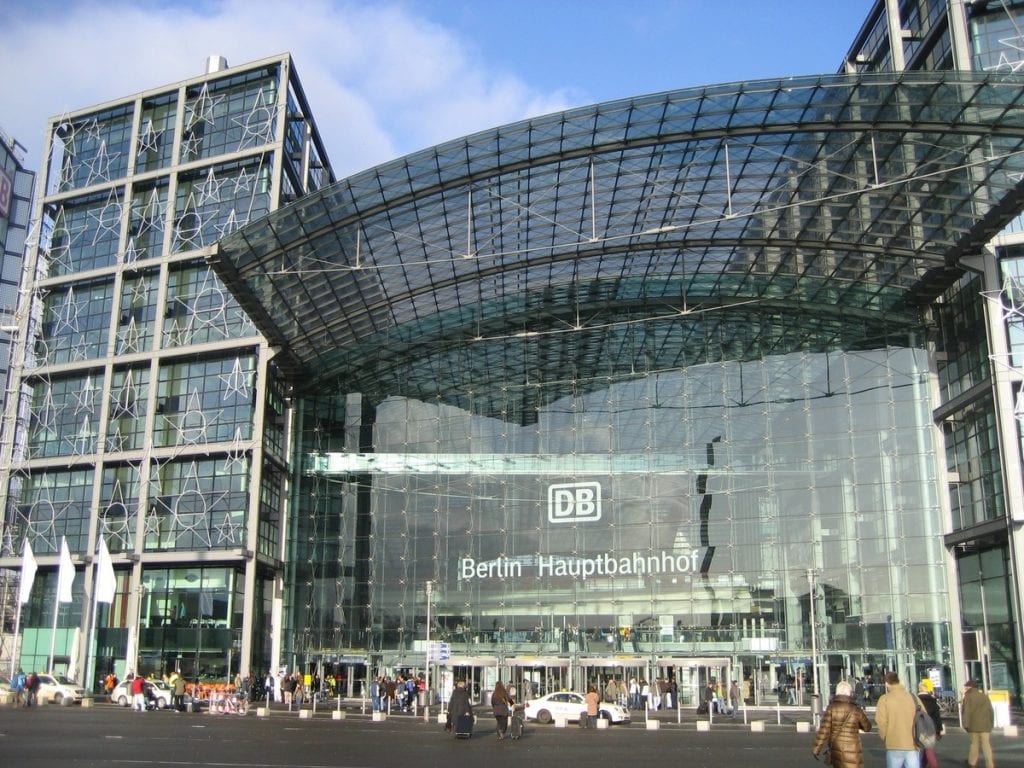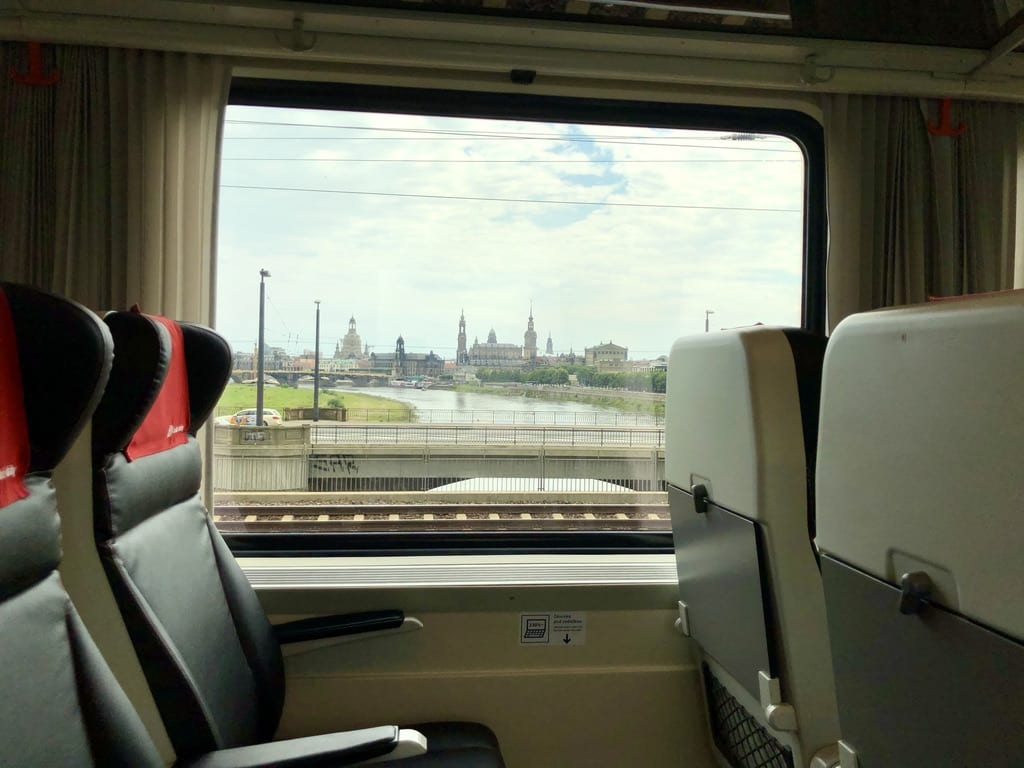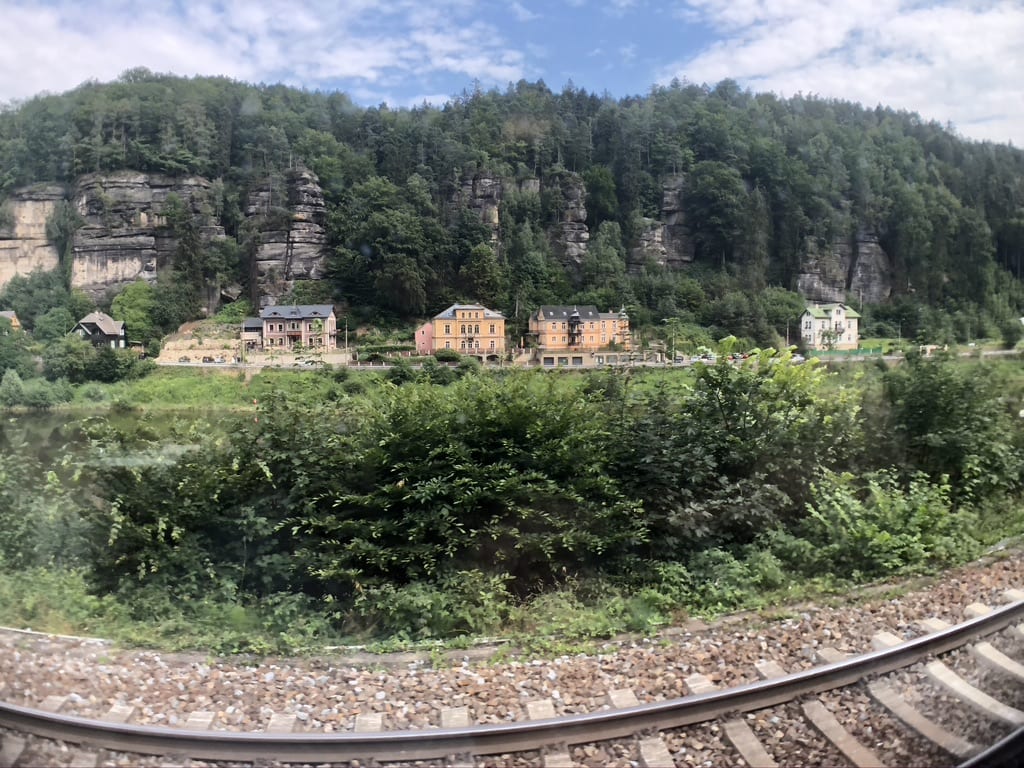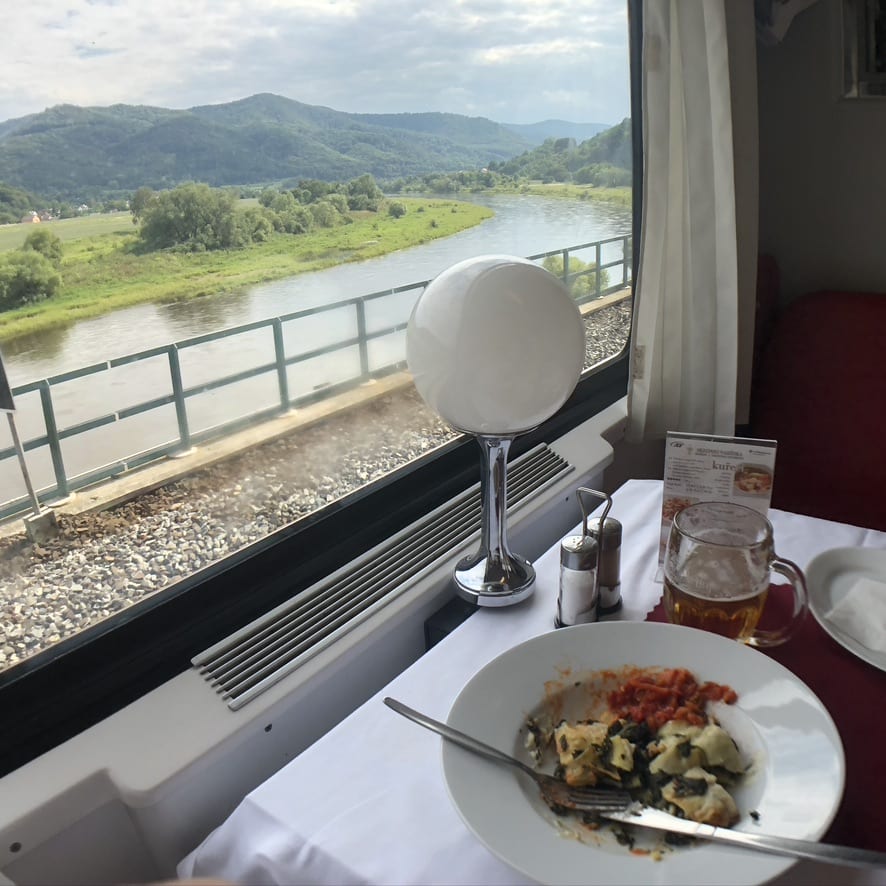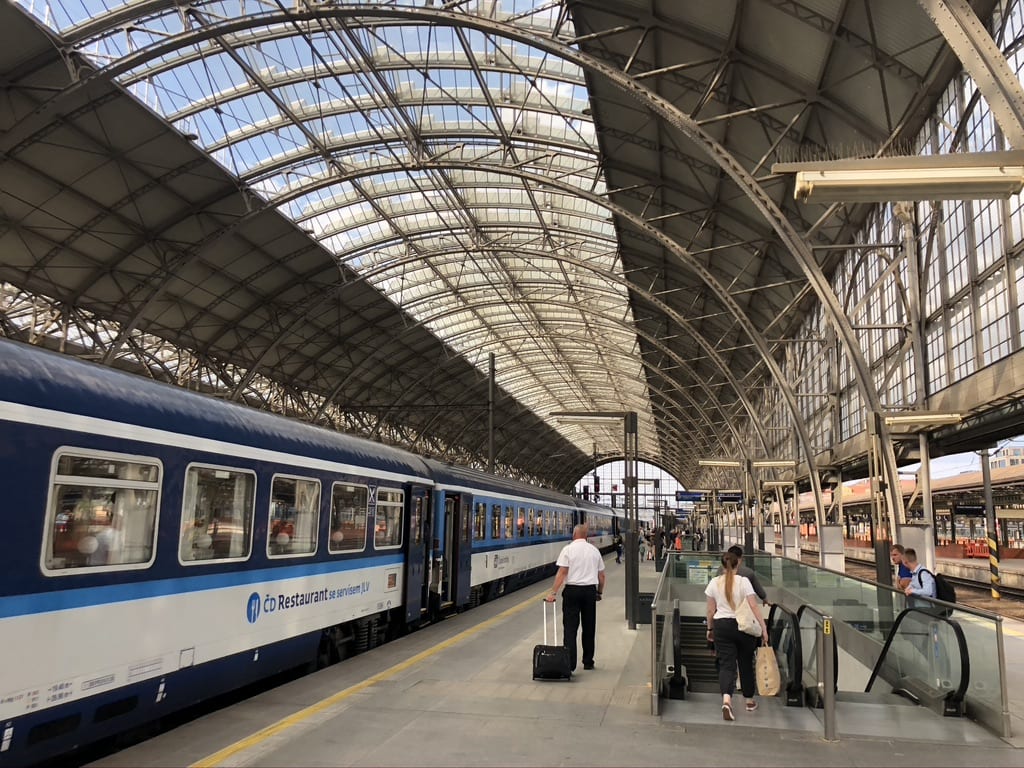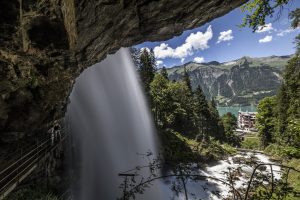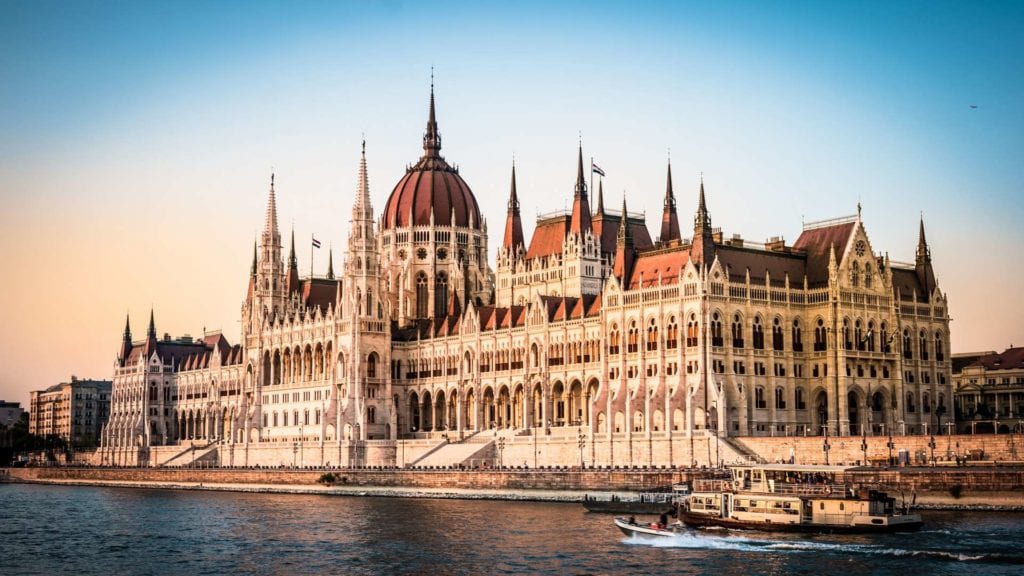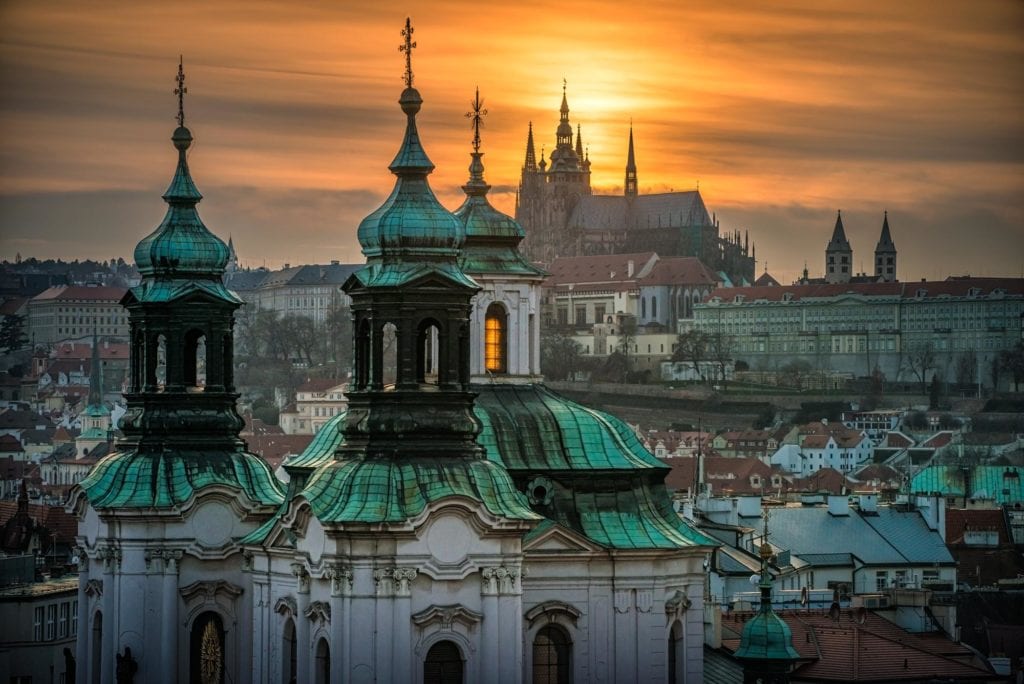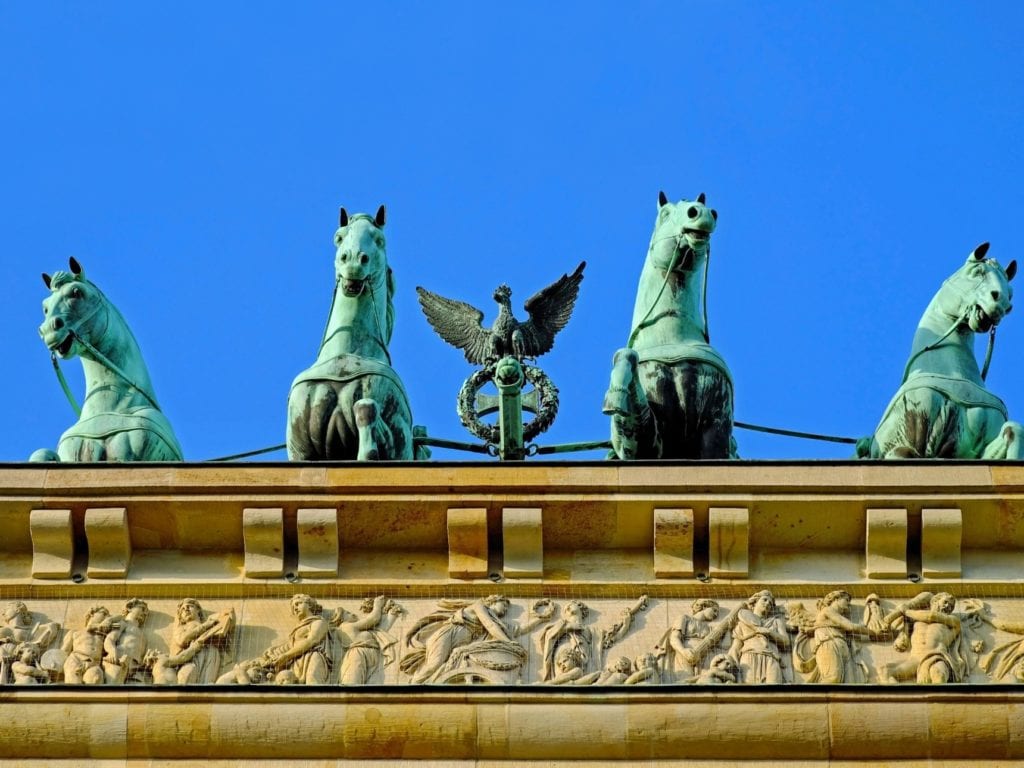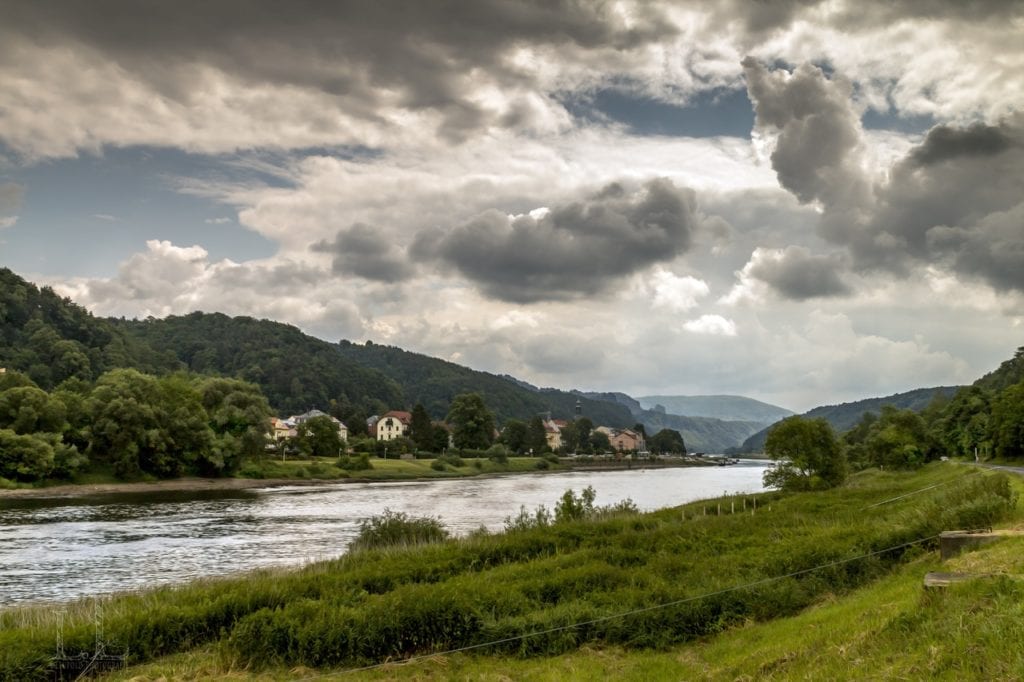
Berlin to Prague via the Elbe Valley
Travelling between Berlin and Prague, two of Europe’s most iconic capital cities, is exciting enough, but to do it by train along such a gorgeous stretch of scenery is the icing on the cake.
Various direct trains depart from Berlin’s glassy Hauptbahnhof (main station) every day bound for the city of Kafka, Staropramen and Dvorak. The journey time is around 5 hours and takes in a beautiful stretch of scenery around the Czech border, where the train runs alongside the Elbe River. What’s more, there is a superb Czech dining car on board the train, with draft beer and happy hour food and drink, but more on that later…
Berlin to Dresden
Initially, the journey is nothing too special. The train rolls out of Berlin and calls briefly at the station of Sudkreuz in the city’s southern suburbs, and then out into the state of Brandenburg. This patchwork of arable farmland and occasional wooded areas forms part of what would have been East Germany prior to 1990, and the topography is flat and somewhat unexciting. This is the time to catch up on that series you have been wanting to watch, or read a book while the time passes by.
Dresden
You arrive into the ‘Florence of the Elbe’ a couple of hours into your journey. Calling first at Dresden Neustadt, as the name would suggest, the newer part of town on the northern bank of the River Elbe, you then make your way slowly over the river itself – keep your eyes peeled to the left for a spectacular view across the city skyline.
The train then pulls into the huge train shed of the 1898 Dresden Hauptbahnhof, where it stops for 5 minutes or so.
Dresden to Ústí nad Labem – Saxon Switzerland and the Elbe Valley
This is undoubtedly the highlight of the journey as the train begins to hug the western bank of the Elbe approaching Bad Schandau, the last stop in Germany. As you emerge from Bad Schandau, the train twists to the left and right along the banks of the river in the region known as ‘Saxon Switzerland’ due the mountainous topography and spectacular scenery.
You’ll see pleasure boats and the occasional working barge plying the river, and when you see the dramatic cliffs of Hřensko opposite, you’ll know that you are right on the Czech border. For a few miles, the border runs down the middle of the river – you and your train remain on German soil and the opposite side is the Czech Republic.
You too then cross into Czech territory with the scenery remaining equally stunning as you pass through the town of Decin and continue along the same watercourse.
The CD Restaurant Car
Czech trains famously have among the best restaurant cars of any European scheduled trains. Taking a seat here, on the left hand side if you can, and enjoying a delicious lunch while gazing at the scenery on this journey is a true highlight. A selection of warm dishes are available, and Pilsner Urquell beer on tap is unsurpassed on a train!
TIP: there is a “Happy Hour” which is essentially when the train has crossed into Czech territory – prices drop dramatically for almost everything on the menu, to enable competitive pricing for ordinary Czechs who board from Decin onwards. So wait until the train passes through Decin before going to the restaurant and you’ll dine at a much lower price.
Ústí nad Labem to Prague
The final section of the journey continues along the Elbe (which is now referred to as Labe in Czech). Industrial post-communist towns such as Lovosice and Rouvnice pass by, and the train eventually leaves the river it has accompanied for so long.
On the approach to Prague, the train first calls at Praha-Holešovice station in one of Prague’s northern districts, with a customary warning in Czech, German and English not to alight here for central Prague, something many a tourist must have done.
Stay on for another 10 minutes or so as the train winds its way through the urban areas of the Czech capital, before arriving in Prague’s impressive main station, Praha hlavní nádraží, marking the end of a picturesque journey through the German and Czech countryside and a window into the lives of ordinary people along the way.


